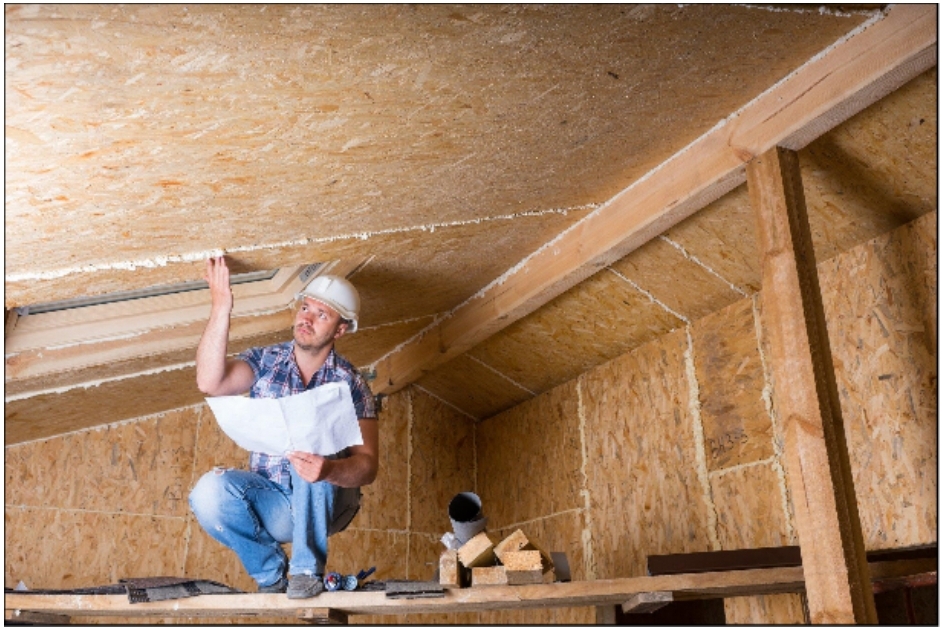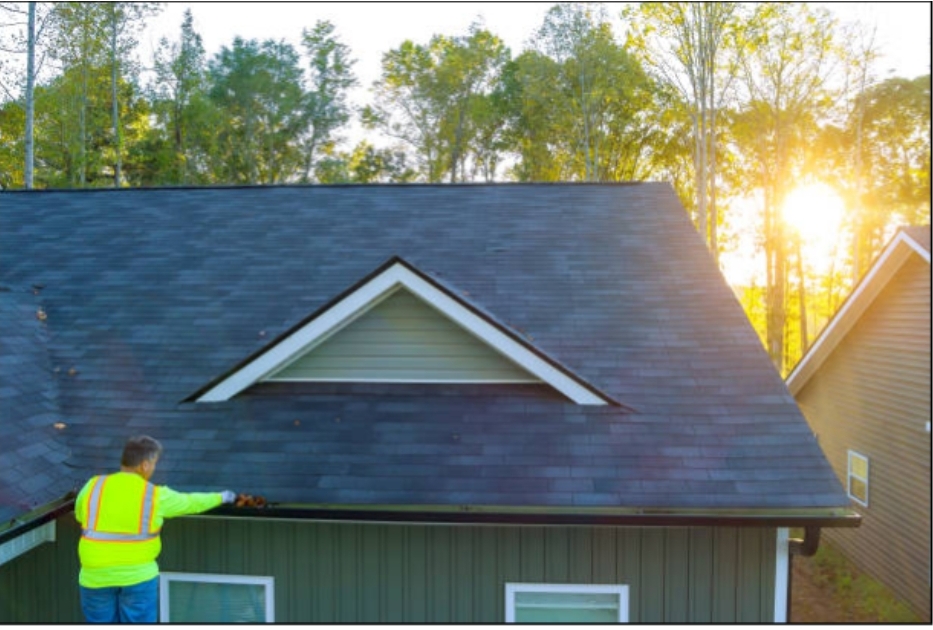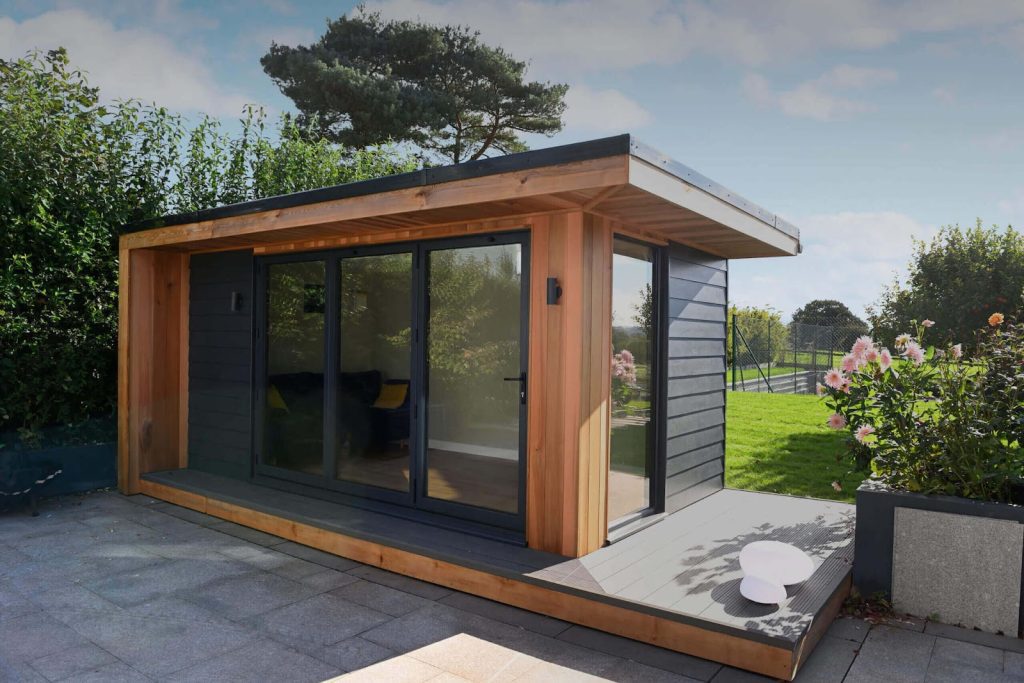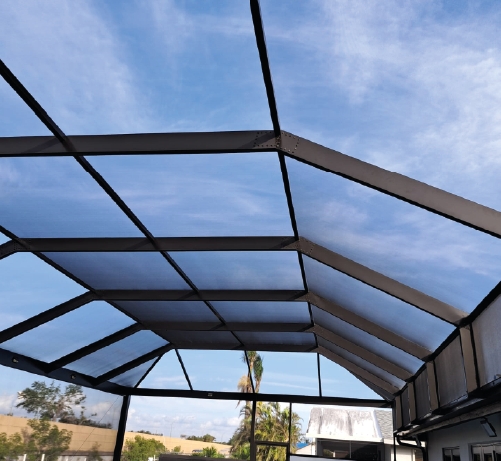How to Choose the Right Type of Insulation for Crawl Space
Crawl spaces are notorious for being damp, dark, and often overlooked when it comes to home insulation. However, securing your home’s foundation against the elements requires careful consideration in choosing the best insulation for crawl space.
With a variety of insulation types clamoring for attention, it can be daunting to sift through what’s best for your specific crawl space and the home it supports. This guide will help you traverse the complexities. We’ll help you make an informed decision to fortify your home’s thermal defenses.
Let’s begin!
Moisture Resistance
The damp and dark nature of crawl spaces makes them prone to mold and mildew growth. This not only damages the structure. It also poses a health risk to homeowners. When selecting an insulation material, make sure it has excellent moisture resistance properties.
Closed-cell spray foam insulation crawl space, for example, is impermeable to moisture. It creates an airtight seal. This can help prevent water vapor from seeping through.
Fiberglass insulation, on the other hand, is not as resistant to moisture. It can become a breeding ground for mold if it becomes wet. So, consider the climate in your area and how much moisture your crawl space may be exposed to when choosing the best crawl space insulation material.
R-Value
Insulation effectiveness is measured by its R-value. This represents its ability to resist heat transfer. The higher the R-value, the more effective the insulation will be in keeping your crawl space and home warm.
Closed-cell spray foam insulation has a high R-value per inch, making it an excellent choice for crawl spaces with limited space. Fiberglass insulation also has a decent R-value. But, it may require thicker layers to achieve the same level of insulation as spray foam.
Installation Method
Proper installation is crucial to the effectiveness of insulation in a crawl space. It’s recommended to hire a professional for spray foam insulation as it requires specialized equipment and expertise. However, if you’re using rolled or batt fiberglass insulation, it can be installed by homeowners with basic DIY skills.
Additionally, consider the potential challenges of installing insulation in a crawl space, such as tight spaces and potential hazards like wiring and plumbing. Spray foam insulation may be a more convenient option for crawl spaces with obstacles, as it can easily fill in any gaps or hard-to-reach areas.
Air Sealing
In addition to providing insulation, closed-cell spray foam also acts as an air barrier. This means it can help prevent drafts and air leaks in your crawl space, which can significantly impact the energy efficiency of your home. Fiberglass insulation does not offer this benefit unless paired with a separate air-sealing material.
Moreover, air sealing can also improve indoor air quality by preventing pollutants and allergens from entering your home through the crawl space. If you have subfloor insulation, make sure to also seal any gaps or cracks between the insulation and subfloor to maximize its effectiveness.
Choose the Right Type of Insulation for Crawl Space
Proper insulation for crawl space is essential for protecting your home’s foundation and promoting energy efficiency. When choosing an insulation material, consider all these factors as discussed.
Closed-cell spray foam insulation may be the best option for many crawl spaces due to its numerous benefits. But, it’s important to carefully assess your specific crawl space and needs before making a decision.
So, don’t neglect your crawl space insulation any longer.
Should you wish to read more, visit our blog. We’ve got more topics!






